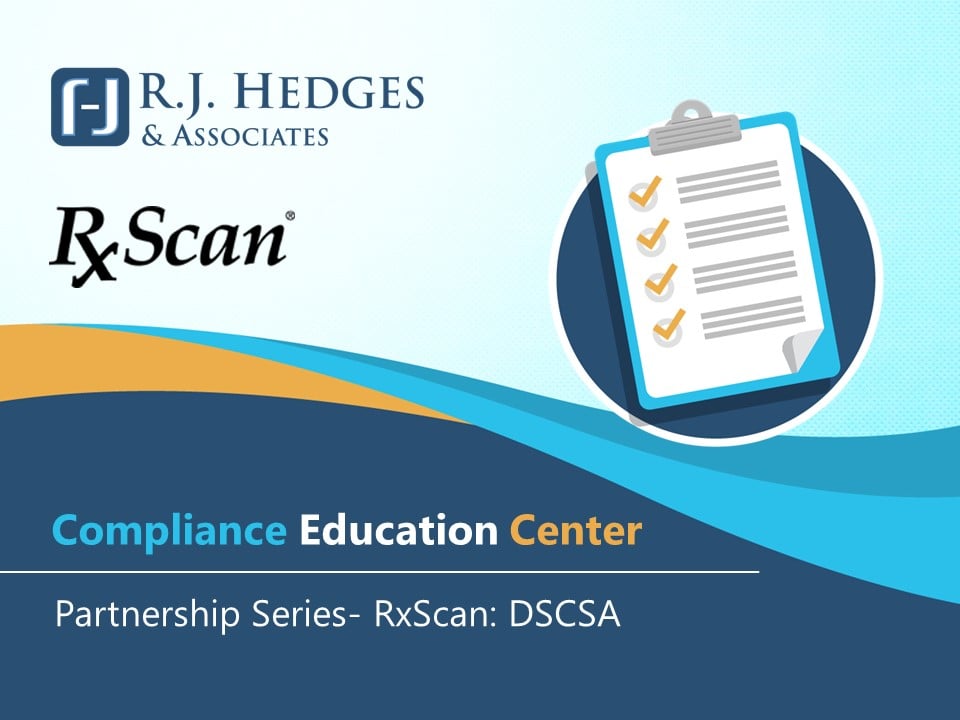DSCSA Regulations | Partnership Series: RxScan [Podcast]

In this podcast, Becky Templeton from R.J. Hedges & Associates interviews Max Peoples and Rachel Reed from RxScan about the Drug Supply Chain Security Act (DSCSA). DSCSA aims to eliminate counterfeit pharmaceutical products from entering the supply chain in the United States. Max Peoples, the CEO of RxScan, a pharmacist and multi-location pharmacy owner, explains what the new DSCSA regulations will require and items pharmacies need to have in place prior to the November 28, 2023 implementation deadline.
Starting this November, suppliers must provide pharmacies with a file of the serial numbers of the products they send. Pharmacies must store this data for at least six years and ensure it matches the physical products received. Additionally, pharmacies must have a process in place to confirm the legitimacy of their trading partners and provide ownership history information for the products they handle.
To comply with the new regulations, pharmacies need to develop Standard Operating Procedures (SOPs) for various aspects, including investigating and quarantining suspect or illegitimate products, verifying product identifiers, and handling inquiries from inspectors. SOPs must be readily accessible to pharmacy staff to ensure smooth implementation and compliance during inspections.
During onsite visits, inspectors may ask pharmacies to demonstrate how they verify product identifiers, trace ownership history, and show proof of data receipt before providing products to patients. Being prepared with proper SOPs and understanding the basic DSCSA requirements will help pharmacies pass inspections and comply with the regulations effectively. With the November implementation date approaching, pharmacies should start preparing to meet the DSCSA requirements to secure their place in the pharmaceutical supply chain.
R.J. Hedges & Associates clients and listeners that wish to enroll in RxScan’s DSCSA software RxScanPI can receive a discount on their implementation fee, normally $299- discounted to $199 if sign up by August 31, 2023. Annual software fees apply- contact Rachel Reed rreed@rxscan.com or 800-572-2648 ext 810 to discuss individual and group fees.
Additional Resources provide by RxScan include:
- Software Demo- click here
- Potential Questions an Inspector (FDA, PBM, State Board of Pharmacy) may ask regarding DSCSA
- RxScanPI Software Flyer
- DSCSA Requirements Overview Slides
Additional Resources provided by collaboration of R.J. Hedges & Associates and RxScan:
- Drug Supply Chain Security Policy and Procedure
- Quarantine, Suspect, and Illegitimate Drug From
- R.J. Hedges DEA Compliance Solution for Policies & Procedures and Support Documentation- Contact Jenny Schell sales@rjhedges.com
